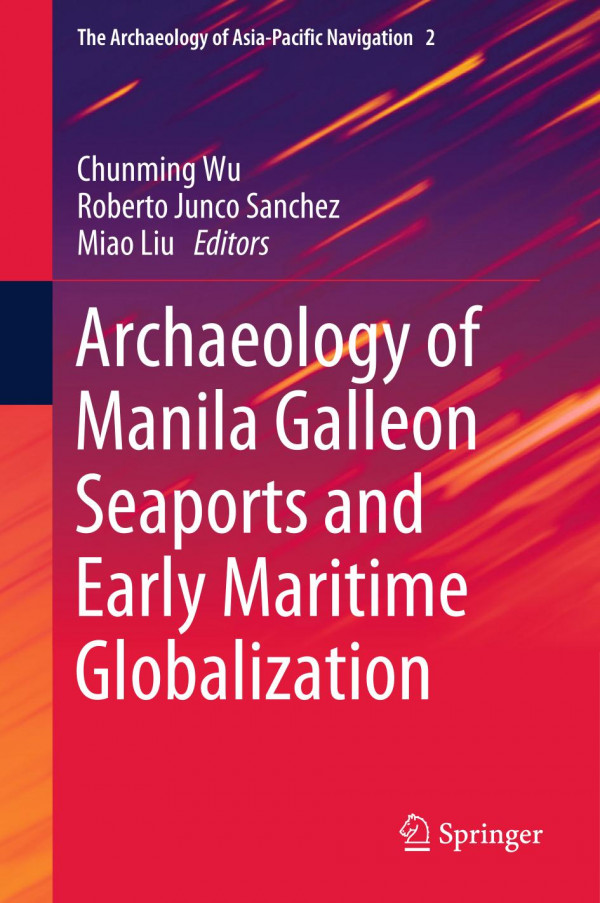

Most ebook files are in PDF format, so you can easily read them using various software such as Foxit Reader or directly on the Google Chrome browser.
Some ebook files are released by publishers in other formats such as .awz, .mobi, .epub, .fb2, etc. You may need to install specific software to read these formats on mobile/PC, such as Calibre.
Please read the tutorial at this link: https://ebookbell.com/faq
We offer FREE conversion to the popular formats you request; however, this may take some time. Therefore, right after payment, please email us, and we will try to provide the service as quickly as possible.
For some exceptional file formats or broken links (if any), please refrain from opening any disputes. Instead, email us first, and we will try to assist within a maximum of 6 hours.
EbookBell Team

0.0
0 reviewsThis book focuses on the archaeological and historical research on the seaport heritage of galleon navigation in Asia-Pacific region. It reconstructs the Manila Galleons’ era of early maritime globalization, established and operated by Spanish navigators from the 16th to 19th centuries. The galleons sailed across the Pacific via the hub seaports and trade centers of Manila in the Philippines and Acapulco in Mexico, forming a prosperous sea route connecting eastern Asia and New Spain on the American continent for more than 250 years. This pioneering navigation of the pan-Pacific regions promoted early global maritime trade along the new Maritime Silk Road between the East and the West.
Written by archaeologists and cultural historians from America, Mexico, Japan, the Philippines, Mainland China, Hong Kong and Taiwan, it presents the latest investigations and research on the galleon-affiliated seaports, including Acapulco and San Blas in Mexico, Guam, Manila in Philippines, Yuegang (Crescent Harbor), Xiamen (Amoy), Keelung and Macao in China, Nagasaki in Japan. This joint research sheds new light on the history of navigation and maritime trade between galleon-affiliated harbors; the origin, production, transport and trade of the galleon cargo; social cultural exchange along the new Maritime Silk Road in the pan-Pacific region; and the history of maritime globalization in last 500 years. It offers a new perspective on maritime archaeology and traces the different stages of the galleon trade and affiliated maritime history, including "Yuegang Outbound", "Manila Entrepotting" and "Bound for Acapulco", presenting a panoramagram of Spanish pan-Pacific trade and early maritime globalization.